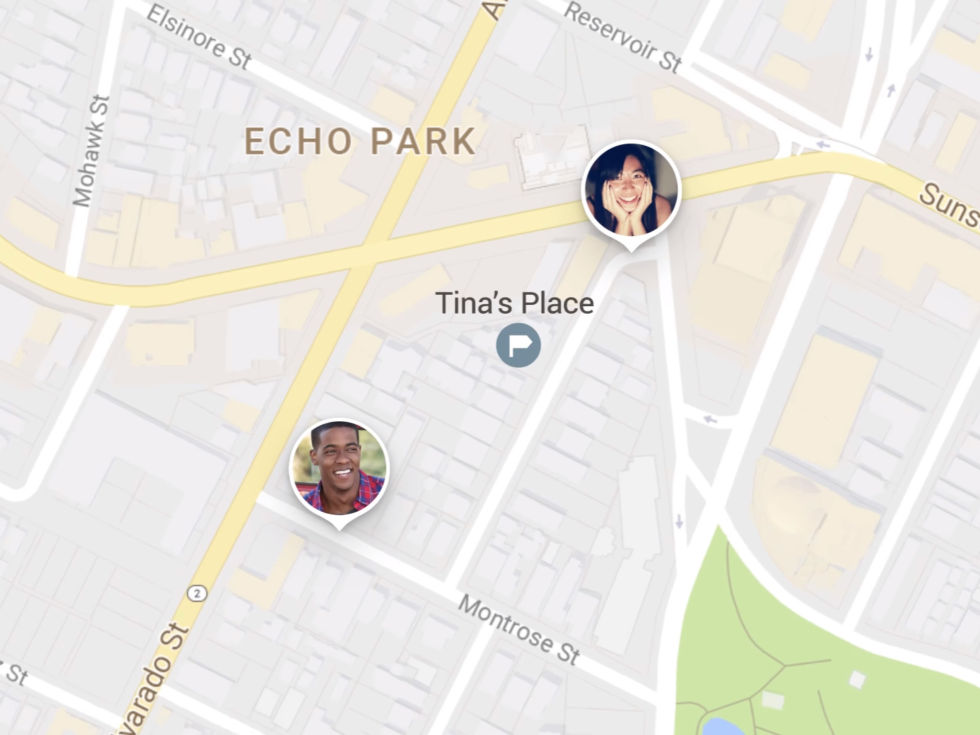Location sharing is back in Google Maps. Google announced the addition of "real-time location sharing" to the Android and iOS apps, coming soon to an app store near you.
The process seems pretty simple: Open the navigation drawer and press the new "Share Location" button. You'll be able to send a sharing permission to a Google contact or send a link over a messaging app, and you'll be able to pick how long you want to share your location for—permanently or for a set time. Anyone you share to will get a notification from Google Maps, and they'll be able to see your location on the smartphone and Web versions of Google Maps. There's also a "share trip" button you can activate while navigating somewhere, so rather than sending someone an ETA, they can just see you drive around on the map.
This feature existed years ago in Google Maps—it was called "Google Latitude" and was great for friends and family. Latitude was killed by the Google+ Monster, taking your contacts' locations away from the primary map interface—Google Maps—and shoving them into an unwanted social network app. Now contact locations are back in the most logical place.
Google says that the feature is "rolling out soon worldwide," but we've yet to see it show up on any device. If you don't have it yet, keep waiting.

Comments
Post a Comment